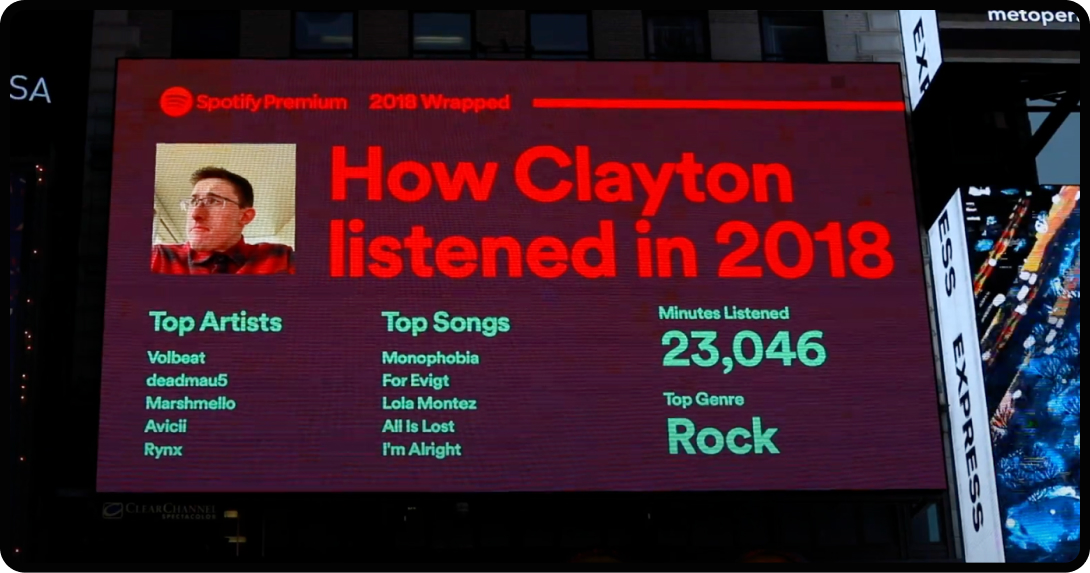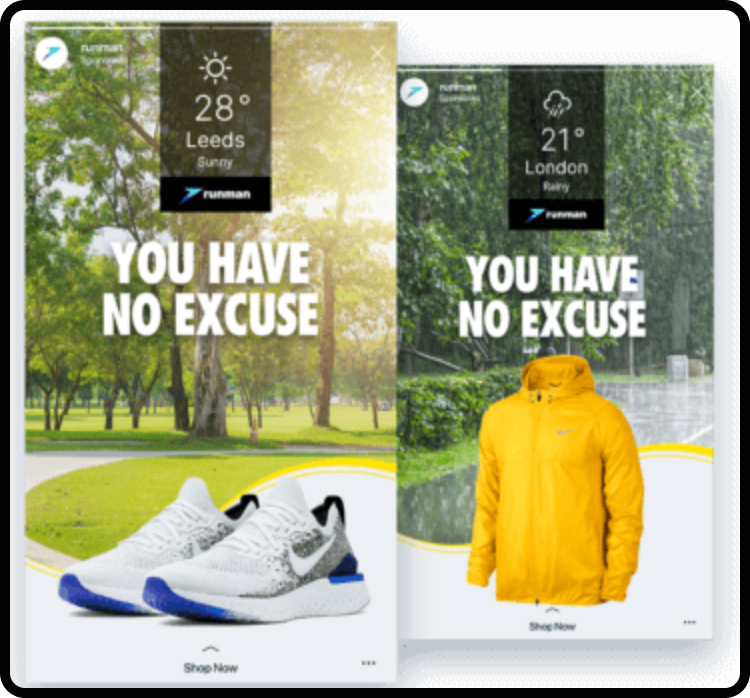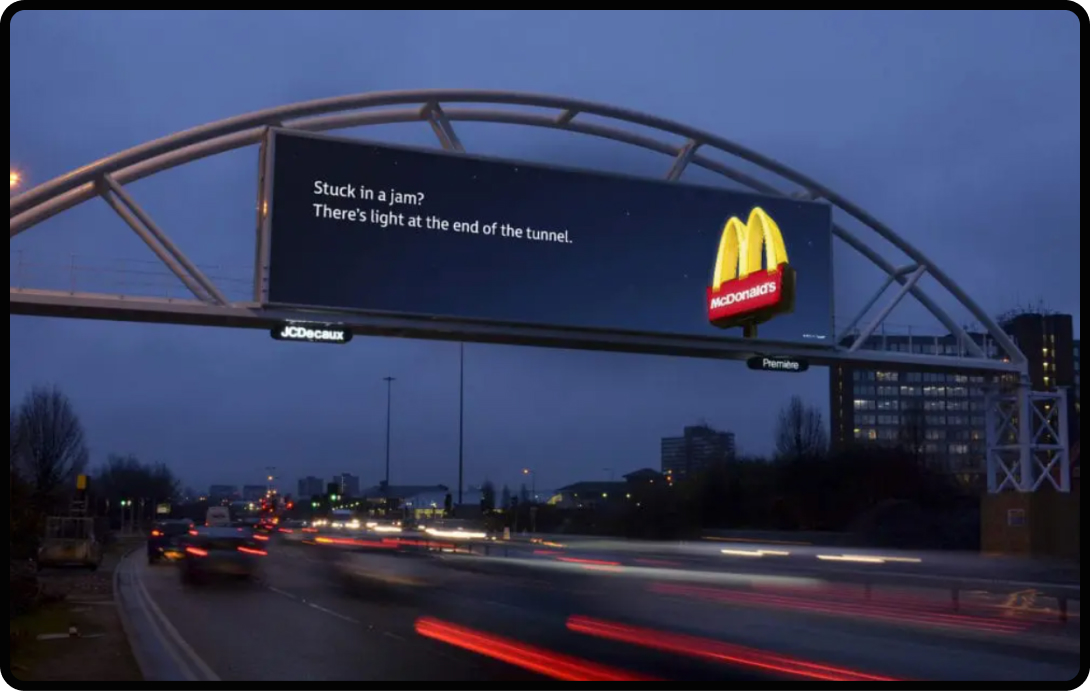Programmatic advertising has revolutionized the digital marketing landscape since its inception because of the novel automation aspect it introduced. Before programmatic advertising, advertisers didn’t have the option of competing in real-time auctions. Instead, they bought ad space for a fixed rate. Looking forward to 2025, programmatic advertising will continue to adapt to novel marketing challenges and become even more prevalent in the digital marketing space.
Before we get into the details, it’s important that we discuss two commonly confused terms: programmatic advertising and programmatic channels. In simple terms, programmatic advertising refers to automating the ad buying process to sell and purchase ad space in real-time via an auction. Think of this as a direct contrast to traditional TV and direct mail buys, which do not have an auction that is constantly shifting every moment.
A programmatic channel consists of display/video and includes out of home (OOH), CTV, banners, etc. in contrast to other channels such as social and SEM. Think of programmatic advertising as an umbrella that all digital marketing platforms sit under and the programmatic channel is just one of them, in addition to social and SEM.
In this article, we’ll cover 4 programmatic advertising ad examples that we can learn from and adapt for 2025.
4 Programmatic Advertising Examples
1. Spotify: Wrapped Dynamic Billboards

This example is from several years ago but is as relevant as ever. Spotify transformed its popular annual campaign ‘Wrapped’ into an interactive programmatic advertising ad campaign. This was the first real-time OOH activation they did, and it was executed in cities worldwide.
Users who were physically in the presence of the digital OOH billboards could opt-in to have their ‘Wrapped’ displayed in real-time on digital billboards directly in front of them. This OOH experience evolved an already extremely popular campaign and brought it outside of the digital ecosystem into the ‘real’ world. In the process, a new dialogue was created between users from all over as they connected in real-time. The only thing more compelling than big, dramatic billboards are big, dramatic billboards that feel deeply personal.
This execution was impactful as it increased brand affinity for existing users but also introduced more people to the brand who were not familiar with it. Typically most campaigns are targeted towards new users, but to be able to intrigue new and existing customers is a powerful play by Spotify.
Advertisers must take a nuanced approach when attempting to replicate Spotify’s success in their digital marketing strategy. Many users are concerned that countless companies have access to their personal data. What makes this campaign interesting is that it turns the idea of data privacy’s association with fear on its head; instead it makes sharing data cool and exciting for the user. In Spotify’s case, music taste is something that most people take pride in and feels connected to their sense of identity.
Brands need to scour their first-party data to find attributes that users would take pride in sharing and execute against that when asking them to show off to their peers, similar to the Spotify example. If your business is a card company, then you could ask a customer to share the holiday card template they picked that year. If your business is a social media app, then you could ask a user to share their 5 most liked images of the year. Whatever your company is focused on, there’s likely something your user base would be excited to share with others that you could build a campaign around.
2. Nike: Weather-Based Digital Ads

Nike partnered with the Weather Channel mobile app to present users with clothing suggestions based on their current weather conditions. For example, if it was rainy, then a rain jacket would be advertised. If it was sunny, then a sweat-resistant, breathable t-shirt would be presented. From there, users could click through to Nike’s site where they could buy the suggested items or continue browsing.
This was a play focused on the bottom of the funnel, but also increased awareness for users who did not purchase but were curious about the thoughtful options offered.
What this campaign did great was help a user make the connection between a real-world situation (the weather) and Nike’s product offerings. When shopping for clothing, we typically think about future scenarios that our future self will be in and pick clothing accordingly for that distant moment. This execution instead connected the weather to current needs and products that would fulfill those needs. Instead of the distant connection between future self and future weather, the moment felt more immediate and rooted in reality.
Advertisers can learn from this by partnering with the Weather Channel if they have a seasonal product. For example, a mattress company may want to advertise cooling sheets or cooling mattresses on particularly hot days. A streaming service may want to increase spend on rainy days when people will be staying inside, looking for some way to entertain themselves. Staying in tune with the current weather trends and how they may impact your business is a smart way to engage users in moments they’re more likely to convert.
3. McDonald’s: Traffic Buster OOH

McDonald’s launched a clever OOH campaign that showed different ads depending on the flow of traffic. For example, when traffic was backed up, they displayed a message that started with ‘Stuck in a jam?’ This was a smart way to communicate with users based on the context of their current situation. The campaign used real-time data from Google Traffic API to ensure the right message was shown at the right time to users on the road.
Drivers are used to being inundated with billboard ads on heavily trafficked highways. After a while, the ads tend to blend in with each other, and it’s increasingly difficult for brands to stand out and make an impact. McDonald’s combined cheeky humor and real-time data to make a connection with drivers and cut through the noise.
One smart way that advertisers can learn from this is to integrate with the Google Traffic API if it makes sense for their business. This is particularly useful to brands that have brick-and-mortar locations and are aiming to increase foot traffic or sales to a particular location. Combining real-time data from the API and a funny, attention-grabbing headline will likely be an effective way to engage users and achieve goals.
4. Audi: Dynamic Car Customization Retargeting

Audi’s programmatic campaign was focused on the launch of the extremely customizable Q2 car. They utilized a car configurator tool onsite to support customers in crafting their dream car, choosing from seemingly limitless options. Audi combined data from the configurator related to each user’s preferences and data related to their place in the funnel. For users who built their dream car in the configurator tool and had been to site before, they were served ads that featured cars looking like the ones they built. More than 6,000 variations of the ad were created, which provided a customized experience to all users.
As a result of using this dynamic programmatic campaign and targeting approach, Audi drove a conversion rate 4x higher vs. their previous, more traditional approach.
What’s interesting about this example is that the ad variations felt hyper-personalized to each user, and they were, but they weren’t infinite. There were 6,000 variations, which was more than enough for each user to feel seen and like Audi recognized them as an individual. Not only did they experience the euphoria of creating their ideal car and dreaming about buying it, but then they were reminded by that special experience at a later point, through an ad. It kept Audi top of mind, which is key for any advertiser.
Marketers can action on this example by providing configurator tools on their site to learn more about their customers preferences and to give their users additional ways to explore their brand and products. Combining that data with existing site users is a powerful way to retarget people who have been to site but have not yet been compelled to convert.
Conclusion and Takeaways
Inject Creativity in Contextual Moments
These campaigns all made users stop what they were doing and think about what information was being presented to them in an ad format. Many people openly say they don’t like ads or even hate them, but what they hate is the monotony of an experience over and over when they’re trying to do something else entirely. These ads felt more like one-off experiences rooted in their current reality. This made them more engaging and impactful than a traditional campaign.
Data is Key
All of these ads would not have been possible without a significant amount of data collection. This was used to cater each user’s experience to each current situation and make the ad experience that much more meaningful and memorable. For example, Spotify used its own 1st party data, Nike partnered with the Weather Channel, and McDonald’s partnered with Google Traffic API. No matter how creative your idea is, it must be backed up with data to create an unforgettable experience for the end user.
OOH is Powerful
Many advertisers are scared to test OOH because it can be difficult to measure results or craft creative that’s good enough for such a highly trafficked area. These are logical concerns, but considering how OOH can use creative and data to create one-of-a-kind brand experiences, it should be seriously considered by all advertisers.
No matter what brand you’re advertising, there are many ways to incorporate programmatic advertising if you’re creative and want to try something that will make a big impact.







